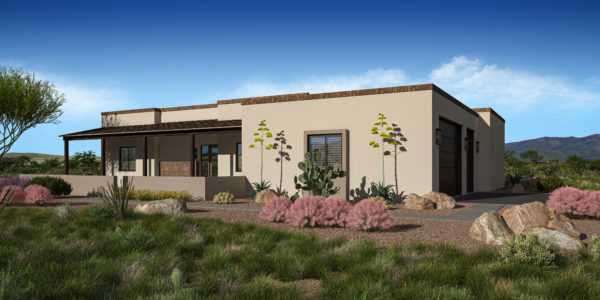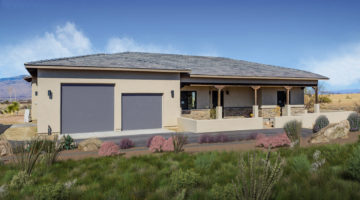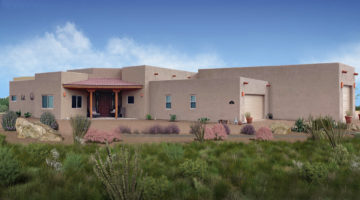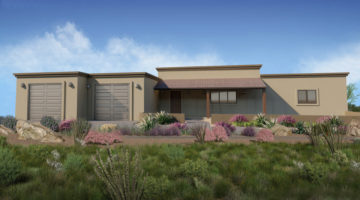Cascabel – Located on the San Pedro River, north of Benson, Arizona. Cascabel means “bell or rattle”. Home to a growing arts community there is an arts and crafts festival held every year in December.
Charleston – Charleston was located on the San Pedro river about 6 miles south of Fairbanks. The Tombstone Epitaph on May 6, 1882 noted “Charleston has a very extensive trade with the surrounding country and Sonora. Its Mexican business is daily becoming more important, and it will continue to increase until it reaches very large proportions. The town is well regulated and free from turmoil. In fact, it is one of the most peaceful places we were ever in.”
Emery -The Boston and Arizona Mining company built a small mill about four miles north of Charleston to process the ore they mined from Tombstone’s Emerald Gulch, located in the Dragoon Mountains in 1881.
Fairbank – Founded in 1882 when the railroad established a station nearby to the J6 ranch.
Gleeson – The post office opened in 1890 under the name Turquoise and closed in 1894.The site was established by Indians who mined the gemstones in the area later to be called Turquoise Mountain. Tiffany & Company acquired the mines in 1890.
Harshaw – Is a ghost town nearby to Cochise County in Santa Cruz County. The town was settled in the 1870s, in what was then Arizona Territory. Founded as a mining community, Harshaw is named after the cattleman-turned-prospector David Tecumseh Harshaw, who first successfully located silver in the area.
Middlemarch – Middlemarch mining camp located in the middle pass of the Dragoon mountains about 6 miles southwest of Pearce. Said to have been the “middle march” of the military in early days between Fort Bowie and Fort Huachuca.
Palmerlee – This town initially was a mining camp know as Reef and if you hike into the area, you will see a geological feature that gave it this name. The towns name was then changed to Palmerlee.
Pearce – Was established in 1984 by James Pearce, miner, and cattleman. After dismounting his horse, he sat down and relaxed, idly picking up a rock and hitting it on a nearby rock ledge. It broke, and the break showed gold! Thus, was born the Commonwealth mine, one of the richest mines ever found in Arizona, producing over fifteen million dollars in gold.
Reef – Named for a conspicuous reef of rock (Carr Reef), a series of quartzite cliffs running along the eastern side of the Huachuca Mountains, a noted landmark.
Sky Island – The term Sky Island, “mountain island in a desert sea”, was popularized by nature writer Weldon Heald, a resident of southeastern Arizona. The term salutes the beauty of the southwest.
Terrenate – Founded in 1742 and is located southwest of the Huachuca Mountains. In 1775 Santa Cruz de Terrenate was relocated to the area of Fairbanks. This was one of a series of forts or as the Spanish called them “Presidios” that were set up to guard the northern reaches of “New Spain”. The presidios also contained missions, the second part of their function.
Tombstone – The “town too tough to die” is the most famous of Arizona mining camps. Located in the Mule Mountains at an elevation of 4,426 feet, similar to the Elevation of Red Hawk at the J6. The old courthouse has become a museum of Wild West history and the whole town has been designated a national historic landmark.
Courtland – Copper was discovered in the early 1890’s by Courtland Young, an owner of the Great Western Mining Company at the south end of the Dragoon Mountains. The town grew very quickly but by 1921, the ”mined out” town was abandoned.
Garces – Located on the east side of the Huachuca mountains, just west of Hereford. Named after the Friar Francisco Garces, a Spanish Catholic missionary priest, and first European to meet the Mojave Indians in 1775. The Mojave’s journeyed with Garces to the west coast in a route later known to the pioneers as the “Mojave Road”.
Wanderlust – For my part, writes Robert Louis Stevenson in Travels with a Donkey, “I travel not to go anywhere, but to go. I travel for travel’s sake. The great affair is to move.” Sounds like a case of wanderlust if we ever heard one. Those with “wanderlust” don’t necessarily need to go anywhere in particular; they just don’t care to stay in one spot. The origin of wanderlust is a very simple, “Wanderlust” is lust (or “desire”) for wandering.








































